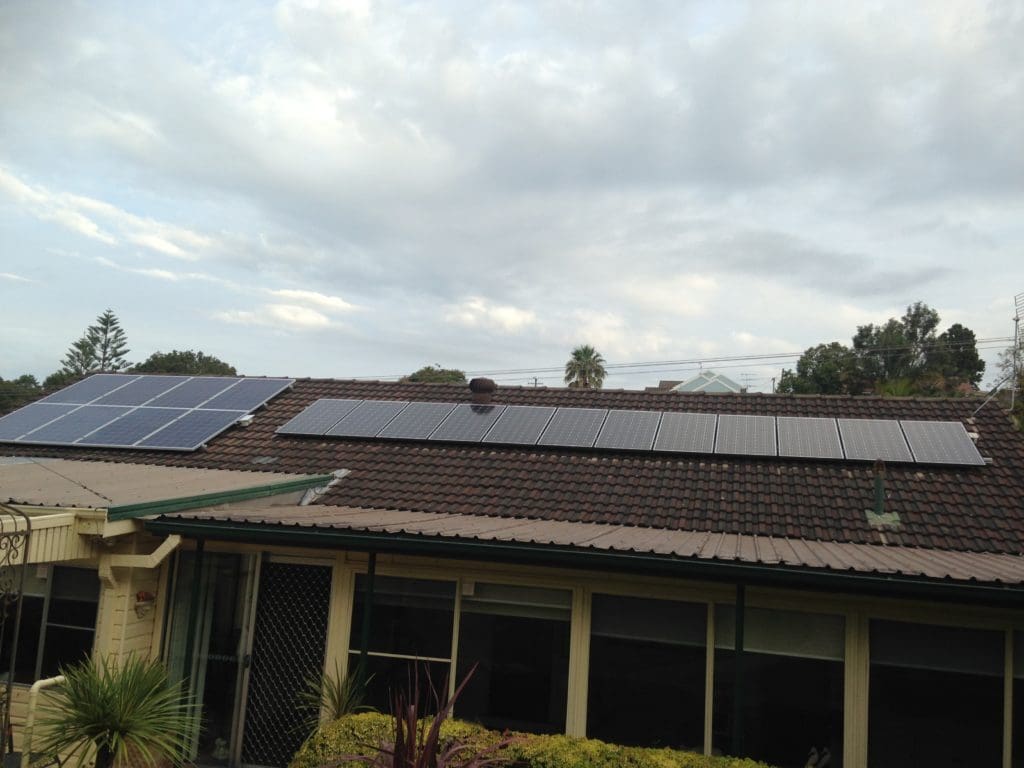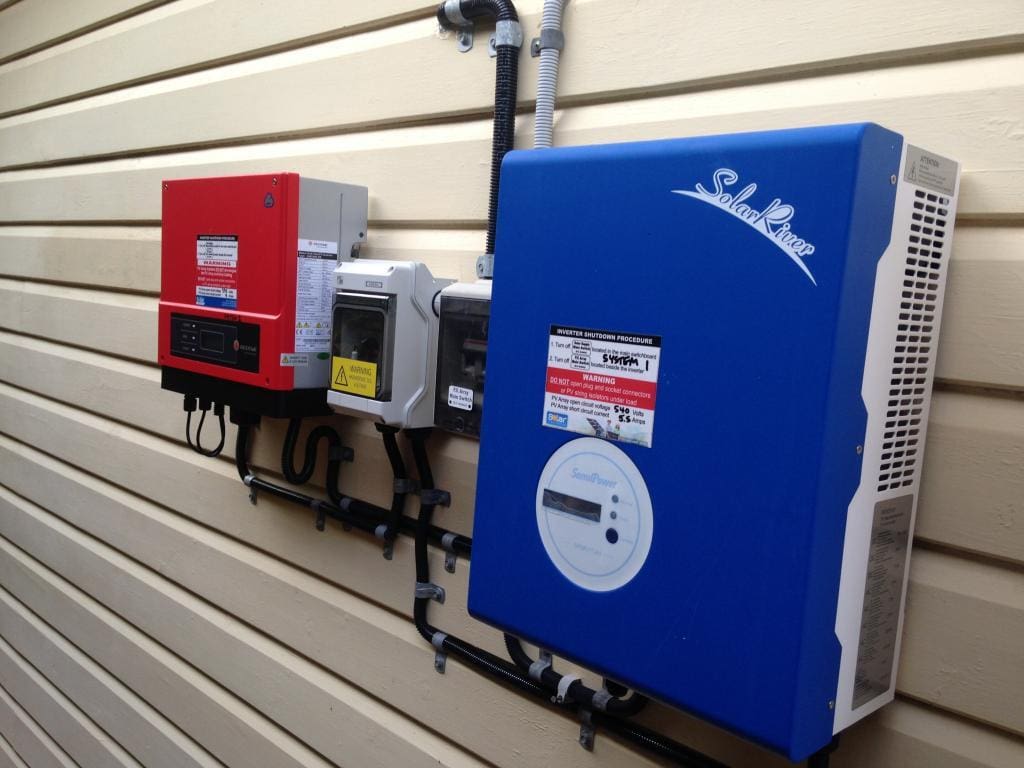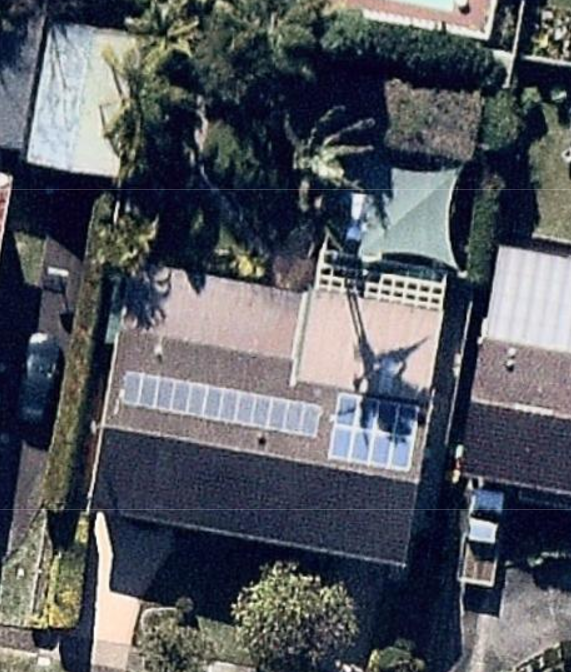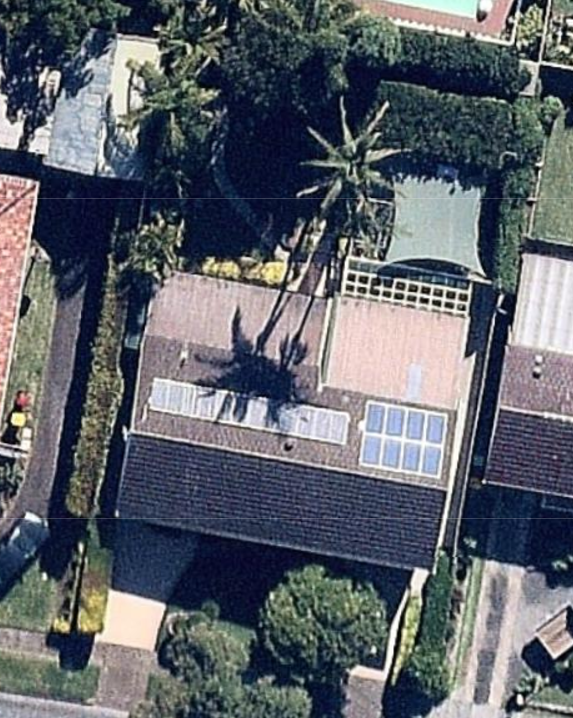After nearly a decade working in Australia’s solar industry, I’m finally getting in on the action on a personal level. From next week I’m moving to Newcastle and will be living in a home with solar panels on the roof.
Moving into a house that’s already got solar is something that must happen a lot. There are nearly 2 million Australian households with solar on the roof, and Australians move house on average every 7 years. Solar panels are meant to last for 25 years, so there’s a reasonable chance that when someone moves house they’ll land somewhere with solar.
And that’s what happened to me.
Compare Solar & Battery Quotes
This wasn’t part of the plan…
To be honest, this wasn’t the way that I envisioned going solar. I had always imagined going through the whole solar shopping process myself, leveraging all the knowledge and tools at my disposal to select the best possible products and installer at a reasonable (but not rock bottom) price. I wanted to go through the process as a buyer and learn from the experience.
Instead, I got the luck of the draw. We would have bought the house regardless of whether it had solar – the fact that it did was a bonus. It’s testament to the exceptional nature of the market for solar in Australia that the system wasn’t even spruiked as a feature of the property; in fact, it wasn’t mentioned in the literature about the house at all. Solar is so commonplace that the selling agent didn’t even bring it up (but who would need to in this housing market anyhow, I guess…)
An idosyncratic solar system
Because I didn’t choose it myself, I can’t help but look at the system and think about how I might have done things differently if I had – it definitely has a number of features that make it a bit eccentric.
In an ideal world, I’d have a nice, tidy 5kW solar system with the best quality solar panels I could afford and a reputable inverter with a 10-year warranty. Instead, I’ve got two mismatched solar systems of indeterminate power generation capacity and no warranty documentation to speak of.
Fortunately, everything seems to be functioning as it should, with both systems pumping out power more or less as much as could be expected over the multiple times I checked (obsessively) while there over the weekend for some pre move-in repairs.
Some of the main ‘quirks’/features of the system include:
- It’s actually not a single system. There are two separate solar panel arrays and two separate inverters; clearly the previous owners enjoyed their first solar system so much that they opted to get more, but didn’t want to go so far as replacing/upgrading the original inverter to a larger single inverter (probably because the it would have cost money to bring the older system up to modern standards – which installers are legally obliged to do if they touch an existing system).

- Each system has a 3kW inverter, but I don’t think either of them has 3kW worth of panels. More likely, the combined capacity of the systems is probably about 4kW.
- There’s no documentation left behind by previous owners about the systems or their warranties (!). But for some reason they did leave behind warranty documents for the ducted aircon and dishwasher (I cannot fathom this, especially in light of the fact that the panels should have a 25 year warranty while the dishwasher’s is only 10)
- I can see that the inverter brands are Samil Power (the older system) and GoodWe (the newer system). Not to be a snob, but I’m not sure that either of these would have been my first choice.

- I have no idea what brand of panels have been used in either of the systems. Again, there’s no documentation in the house and I’d need to pry up the panels to see the make & model.
- The original system looks to have been installed in Oct 2010 (looking at the satellite image history on Nearmap) and consists of 12x (small) solar panels; it might be about 2-2.5kW.
- The newer system was installed sometime between October 2016 and May 2017 (again, judging by Nearmap) and consists of 8x modules; I’m guessing it’s about 2kW.
- If I’m correct about the solar capacity on each array, the inverters are oversized by 0.5kW to 1kW.
- Although the roof faces almost due north (which is great), both systems get significant shading in the winter around the middle of the day, when they should be producing the most electricity. This is bad. I don’t know whether the company/companies who sold the previous owners the systems purposefully omitted this detail or whether the owners just didn’t care about it. In any case, it looks like shading won’t be an issue in the summer months. (We’re having the trees removed as soon as we get settled in).
Winter shading from the tall twin palm trees in the back yard onto system #1 (approx 11am).

Winter shading on system #2 (approx 2pm).
Blogward and upward
Let the Solartopia begin
The upshot of all of this is that I now get to write about my solar-going experience in the first person – hopefully to the edification of anyone who cares to follow along. I’ve rather lamely named the project ‘Solartopia’.
Here’s what’s in store:
- I’ll be getting three or four separate monitoring/energy management systems installed in the near future and writing about how they compare against one another – and how my own energy consumption behaviour changes in response to knowing what resources I’ve got available. (Four separate units is definitely overkill but I’m ready to nerd out and write reviews.)
- I’ll be looking to maximise solar self-consumption & energy efficiency on the back of the insights I glean through the monitoring systems I install.
- I’ll be documenting how the removal of the palm trees improves solar system performance – particularly in winter.
- If one of the inverters should fail, I’ll document the replacement process – although I’m knocking on wood that this isn’t anything I’ll have to worry about for years to come.
- I’ll be writing about how I go about my choice of electricity retailer and what motivates me in my final choice.
- I’ll be looking for the point at which batteries make sense for my home with an angle on balancing the budget against a slew of other home improvement projects in the pipeline (including opening up the painted-shut windows, renovating the kitchen and removing some hedges).
- What about adding more solar? Unfortunately the placement of the current arrays means the space is pretty much maxed out on the north side of the roof, but part of me is tempted to consider expanding southwards to squeeze out more power – especially if I become truly obsessed with energy independence.
- Would I consider going off grid? In current conditions, probably not – but I’ll keep scanning to see if my opinion should change.
Join our mailing list to follow along
Get a free, instant solar & battery quote comparison
Compare Solar & Battery Quotes
© 2017 Solar Choice Pty Ltd
- Solar Power Wagga Wagga, NSW – Compare outputs, returns and installers - 13 March, 2025
- Monocrystalline vs Polycrystalline Solar Panels: Busting Myths - 11 November, 2024
- Solar Hot Water System: Everything You Need to Know - 27 February, 2024
